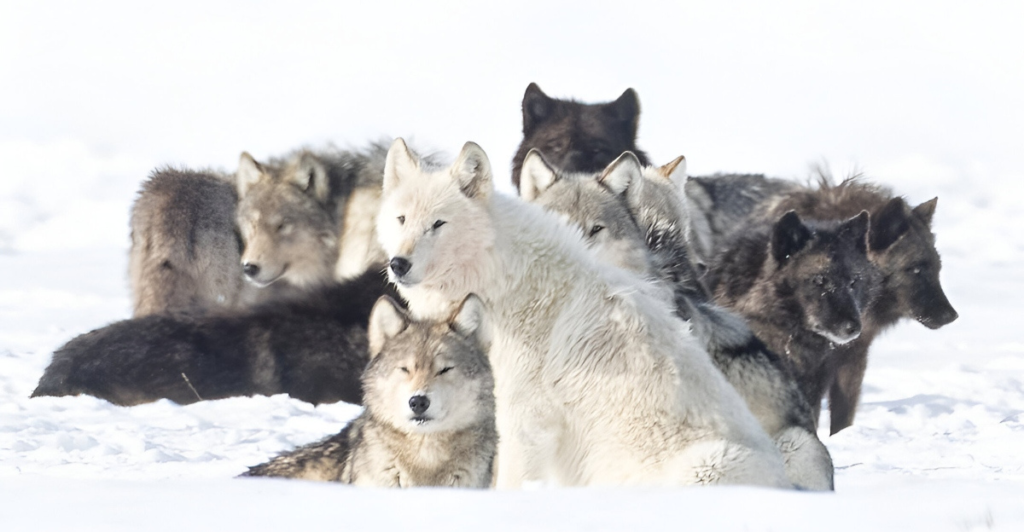
Wolves have been fighting against a number of risk factors throughout the United States. Now, Montana has put forward a new Wolf Management Plant for 2025. This plan is a bold conservation benchmark, which combines a scientific approach, public opinion, and legislative mandates to give the wolf population the best chance they can get.
Among these plans, human-wolf conflicts such as livestock protection will be addressed and balanced with recreational interests. The plan aims to shift the counting metric from breeding pairs to at least 450 wolves. If successful, this will guarantee at least 15 breeding pairs, which means federal Endangered Species Act intervention won’t be necessary.
Montana Fish, Wildlife & Parks (FWP) aims to create a unique framework that will evolve with ecological trends and public sentiment, setting a good precedent for wildlife management.
Historical Context
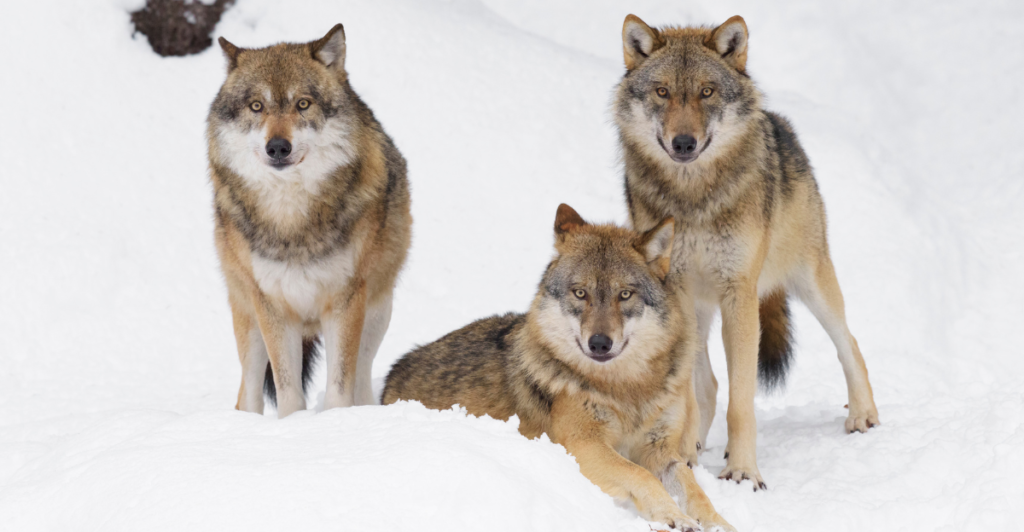
Gray wolves have a complicated history in the United States, mostly due to their widespread extermination in the 20th century. Their population had a partial comeback due to protective legislations and reintroduction efforts across the united states. Montana assumed management authority over the wolf population in 2011 after delisting under the Endangered Species Act.
Recovery goals were the main plan of the 2003 Wolf Plan but became outdated as wolf populations began to recover faster than anticipated. A new plane was needed to aid the wolves in their most needed recovery efforts.
The new plan showcases a combination of science and shifting social opinions on the population. Wolves are a vital part of Montana’s ecosystems, and mismanagement cannot be afforded as it has been in the past.
Scientific Innovation

This new 2025 plan is using the most up-to-date approachings in wildlife conservation such as predictive modeling (iPOM) and non-invasive techniques to conduct genetic surveys without impacting the wolves in any negative way.
These techniques will allow researchers a chance to predict population numbers and use them to create relevant policies in response to ecological changes. The integration of this technology will create more data transparency and set a better standard for data-driven wildlife management.
Montana is prioritizes adaptability in its management models, meaning that they should be resistant to becoming outdated and could become a leader in modern conservation practices if all goes to plan.
Balancing Conflicts

One of the most controversial problems that the wolf population run into is livestock protection. Just a few years ago, incidents with livestock per year was more than 220 cases. Thankfully, these conflicts have dramatically reduced in recent years, and today they sit at only 100 per annum.
Montana plans on addressing the tension that is felt between the public, most notably farmers, and the wolf population. Wildlife conservation must be balanced with livestock protection, as many farmers rely on livestock for their livelihood.
Non-lethal countermeasures to prevent livestock predation are essential in keeping in the best interest of both parties. Depradation prevention programs and rapid response teams could mitigate lossing and help create more coexistence.
Economic Impact
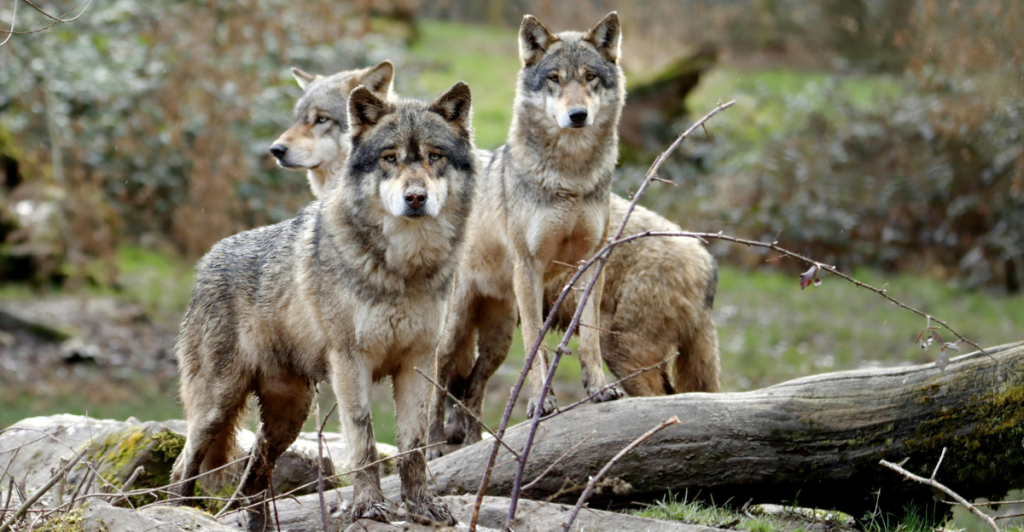
Wolves don’t just have a pivotal role in their environment, but they also have a large economic impact on the state. Ecotourism is a growing industry that brings in millions per year. A study conducted by the University of Montana estimated that over 80 million dollars in annual visitor spending was tied to wolf-related activities in the northern Rockies.
This study showcases the many different roles wolves have to play and how wildlife conservation cannot only benefit the animals but also have economic benefits.
If this new plan can foster a thriving wolf population, then Montana can rely on a stable revenue from tourism while protecting a keystone species with significant heritage in their borders.
Legislative Challenges
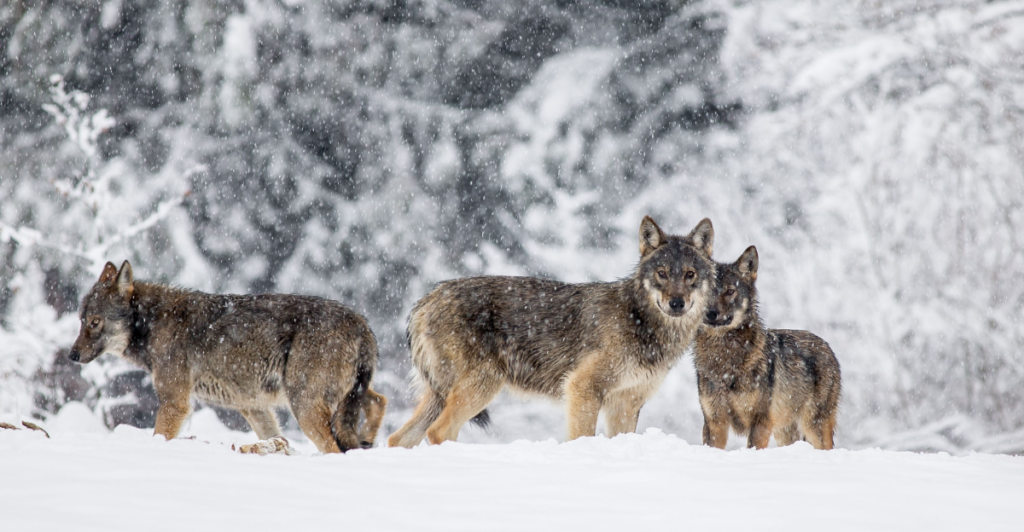
Although the 2025 conservation plan is at the forefront of scientific measures, there are still political complications. Recent legislative efforts plan to significantly reduce the wolf population through renewed hunting practices such as night hunting and baiting.
These aggressive policies could undermine the efforts of conservation plans with the state’s borders and also bring the credibility of the program into question. These legislative efforts could also lead to the intervention of the Endangered Species Act.
A balance must be maintained in order to navigate these pressures. The state must keep it autonomy to keep conservation programs alive so that ecological stability can be achieved.
Social Perceptions
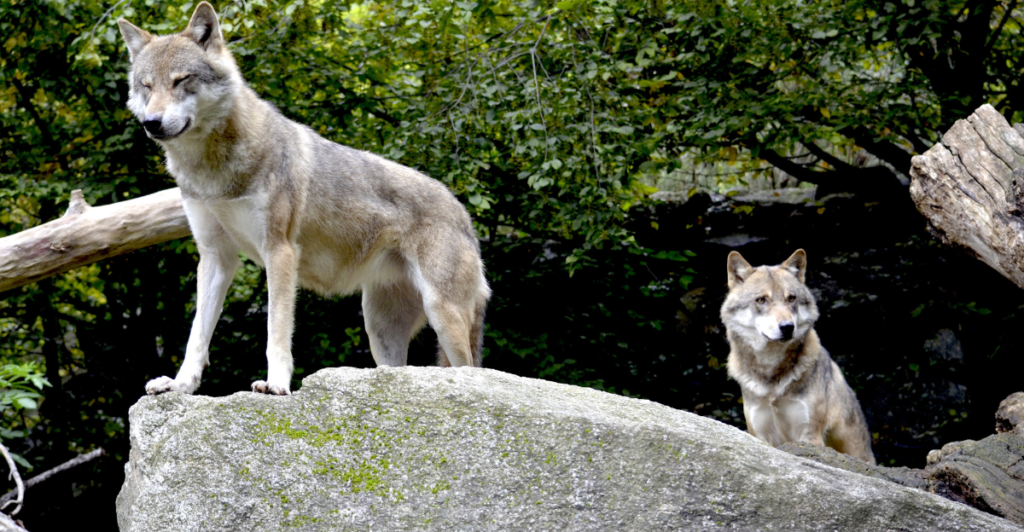
In recent years, the public perception of wolves has changed dramatically. Once a highly stigmatized species due to human conflict, recent opinions have reflected a growing social tolerance, with increased advocacy for the animals.
The 2025 management plan includes stakeholder input from diverse sources. This means that efforts should keep ranchers, hunters, and conservationists in mind and keep all of their interests intact.
This approach includes all parties with stakes in the wolf population and should ensure that broad support from many different parties with vested interests. The model has priorities in a collaborative approach to wildlife conservation and species management. By managing the population of wolves as part of the states heritage rather than looking at them as individual predators, a coexistence can be fostered between the wolves and humans.
Misconceptions
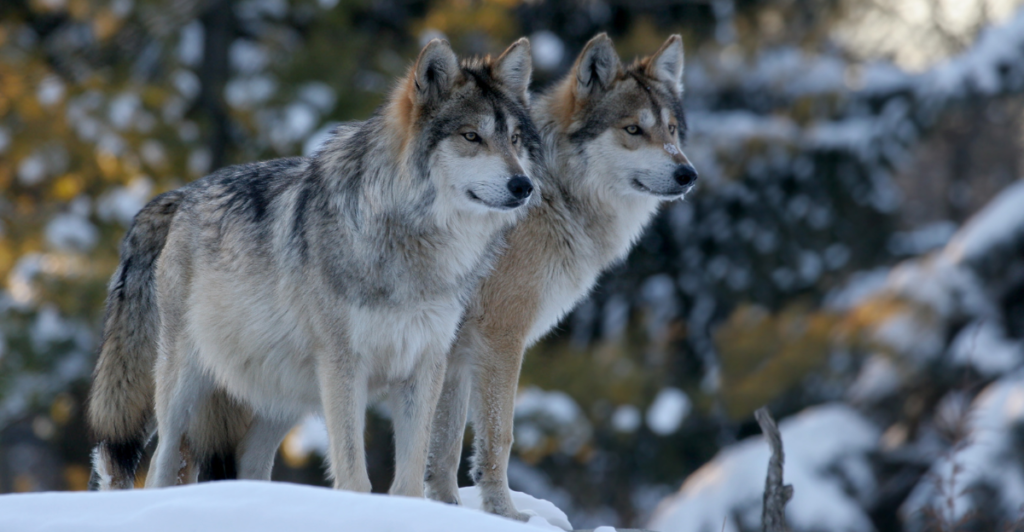
Despite many fearing that wolves play a huge role in livestock disruption and other ecological damage, their impact on cattle is minimal, and their role in their ecosystem is anything but disruptive. Wolve attacks only make up 0.37% of cattle losses and 1.31% of calf losses annually.
This is an insignificant number when compared to larger risks to livestock, such as disease and extreme weather events. Wolves have proven their role in a balanced economy, with elk and deer populations rebounding and now being stopped from running rampant due to wolves’ predation.
This research showcases evidence that there are many misconceptions around wolves and their place in the world. They are neither ecological disruptor nor do they play a significant role in livestock loss every year.
Implications
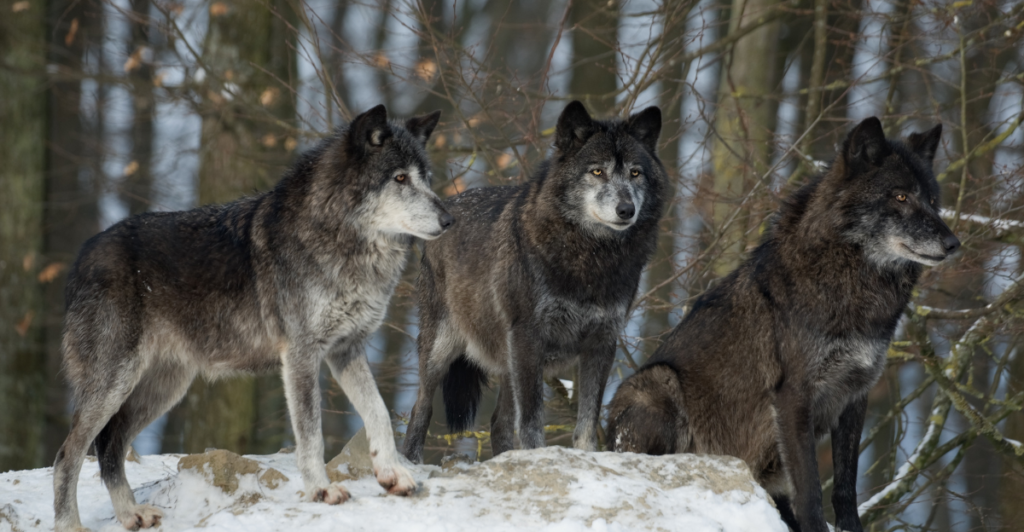
Montana’s up-to-date and independent conservation plans could offer valuable insight for predator management plans across the planet. The program’s priority on adaptability through scientific predictive metrics, and conflict resolution could help other countries better conserve their predator species, such as lions in Africa or tigers in Asia that face a similar stigma due to conflict with humans.
If the program can showcase that predator conservation and agricultural interests can be balanced, a precedent could be set for ecological sustainability around the world.
The program, at the very least, will contribute towards more dialogues on coexistence between predators and human interests across shared landscapes. If more traction can be gained, there could be implications for other programs in other states and countries on different continents.
Transcending Traditional Conservation
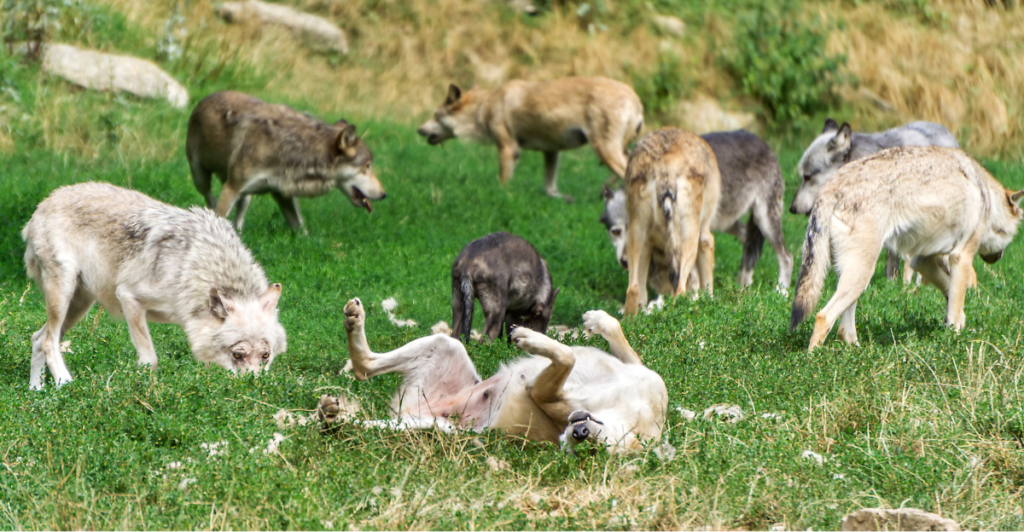
Montana’s new conservation plan transcends traditional conservation, and that could be exactly what’s needed in a rapidly changing world where conservation efforts can often be quickly outdated or undermined by governmental legislation.
The program’s economic, public, and scientific prioritizations ensure that an effective and cohesive strategy can be implemented. Debates over predator management are nothing new and will continue to persist. Montana aims to bring new evidence to these debates by effectively fostering a coexistence.
If the plan proves that pragmatic solutions are the best approach to conservation goals and human industry, Montana could become at the forefront of wildlife governance for other states and countries.
Explore more of our trending stories and hit Follow to keep them coming to your feed!

Don’t miss out on more stories like this! Hit the Follow button at the top of this article to stay updated with the latest news. Share your thoughts in the comments—we’d love to hear from you!







